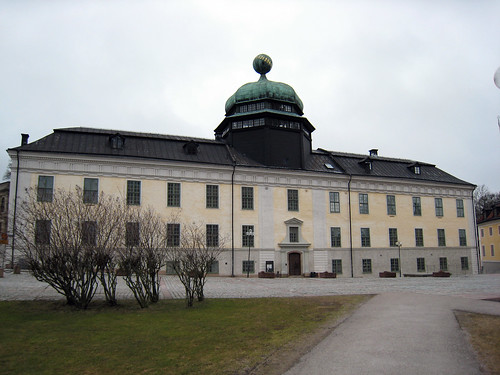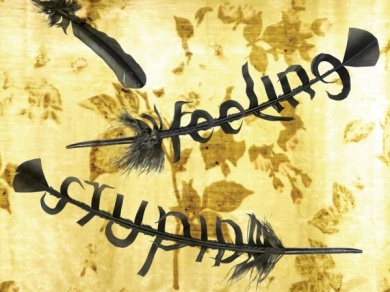Medical Museion is on Facebook. Not because because we love it, but because we follow the siren calls of other museums that believe they need this part of the social media spectrum to be visisble online.
Personally, I just hate Facebook. It’s not just the sneaky way they treat their customers (see the long list of their objectionable activities here), it’s also their business idea — to commercialise the need of human social interaction — which turns me off. For a short period I had a profile on it but left when I realised Facebook has effectively made the word ‘friend’ devoid of any useful meaning.
Micah White suggests that earlier protests against Facebook (like the outrage against the Beacon system) were made under the assumption that it was a cool hangout community that could be changed from the inside.
But with the new ‘social plug-in’-system that gives commercial websites access to your personal information through ‘I like’-buttons this myth is about to be shattered. White describes it as a sinister reinvention of Beacon. The bottom line is that Facebook is about to cash in its former reputation as a hip online social medium and is turning into just another MySpace.

 The 11th Universeum network meeting, titled ‘University Heritage: Present and Future’, will be held in the university museum of Uppsala University (Museum Gustavianum), on 17-20 June.
The 11th Universeum network meeting, titled ‘University Heritage: Present and Future’, will be held in the university museum of Uppsala University (Museum Gustavianum), on 17-20 June.

 We here at Medical Museion have a special love for containers. For example, one of the most conspicuous installations in
We here at Medical Museion have a special love for containers. For example, one of the most conspicuous installations in